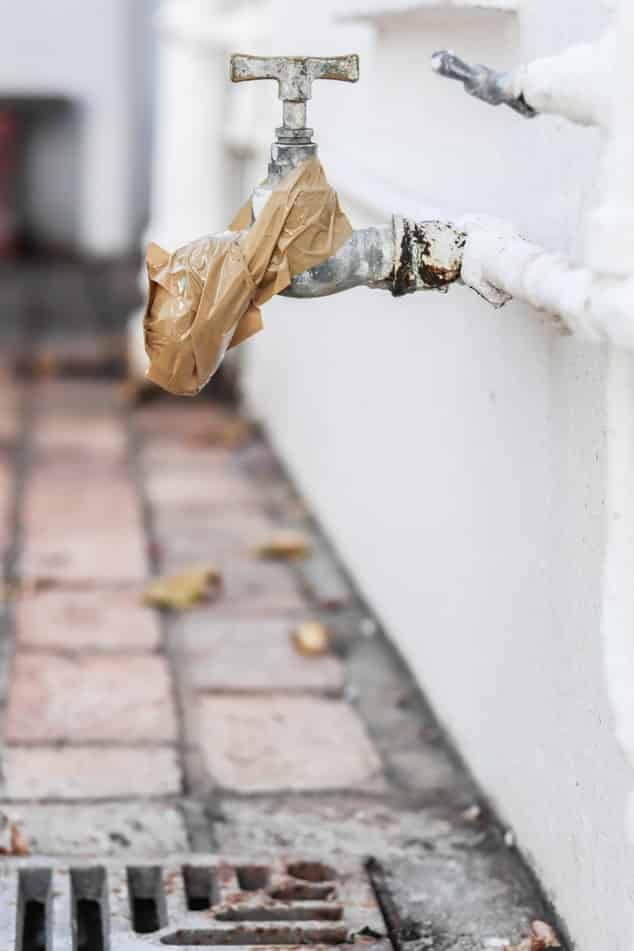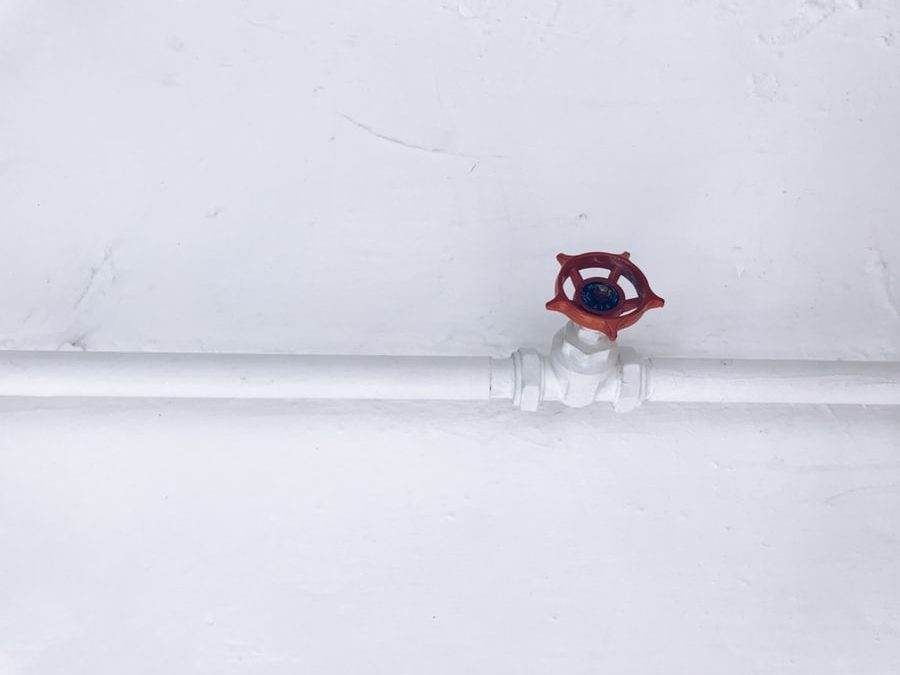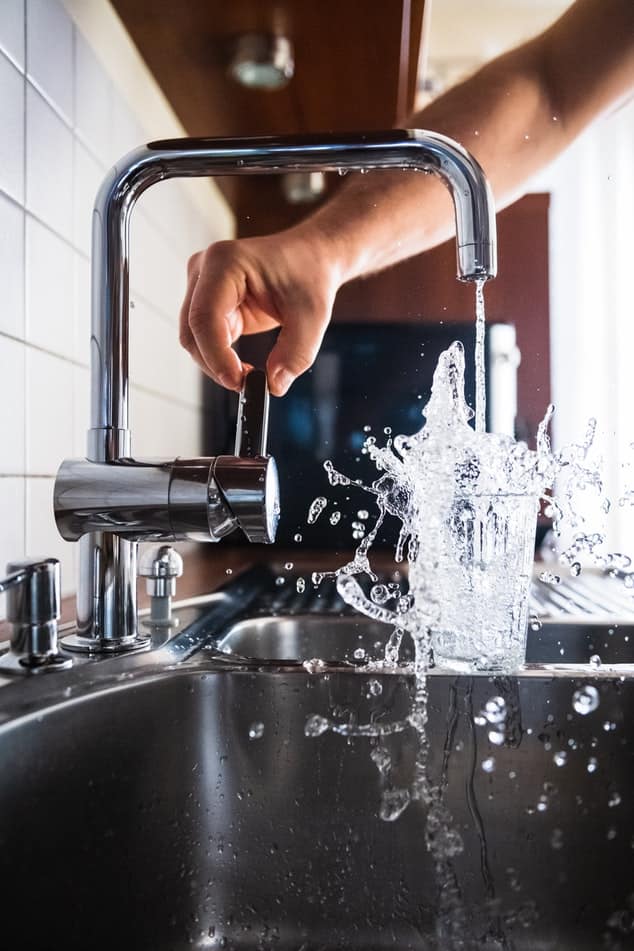How do you turn off water when you have plumbing repairs to be done? Why is it important to know the different ways to turn off water?
We have all faced the annoying situations of a leaking pipe or plumbing fixture. While some of the common plumbing problems can be fixed without seeing professional help, others are beyond the DIY capabilities of homeowners. But, whether you call a plumber or not, you can quickly shut off the water supply without any tools.
When you need to get any plumbing repair done in or around your home, it is imperative that you first turn off the water supply. There are multiple ways and multiple locations for stopping the water flow, and you should be aware of all of those.
Without further ado, let’s get into all the details.
How to Turn Off the Water for Plumbing Repairs

The location usually depends on the problem and the magnitude of the repair needed. The most common places for turning off water are:
-
Water Heater
Water Heaters have two pipes – a cold water inlet pipe and a hot water outlet pipe. Accordingly, there are two shutoff valves, one for each pipe.
The hot water outlet pipe has a shutoff valve that will turn off all the hot water leaving the heater. If you have a leak in any of the hot water pipes in your home, you should turn this valve off as it controls all the hot water in your home.
The cold water inlet pipe has a shutoff valve that will turn off all the cold water entering the heater from the main supply. If you want to replace or repair the heater, you should turn off this valve.
It is essential that you identify each of the two valves because they are always located very close to each other. Water heaters use color-coding to allow for such identification and avoid any mishaps. The cold water inlet valve has a blue handle, and the hot water outlet valve has a red handle. If it weren’t for this color coding, it would be difficult to identify the valve that you need to close.
-
Other Appliances or Fixtures
Several home appliances and fixtures run on some form of water supply. Washing machines, refrigerators, and dishwashers are some common appliances you can find in nearly every home. Toilets, showers, sink faucets, and bathtubs are some standard fixtures.
If any of these appliances and fixtures develop a leak, you should try to turn off the water to that specific appliance or fixture. Turning off water supply locally ensures that other appliances and fixtures in your home continue to function while you repair the leaking fixture.
You will need to locate the fixture shutoff valve to shut the water. It can vary in location and appearance, but it will always be close to the appliance or fixture. While it is preferable that you turn off water at the problem’s source, if you cannot find the appliance or fixture shutoff valve, you can turn off water non-locally as well.
Let’s look at each fixture and appliance individually.
- Washing Machines – Nearly all washing machines have two water inlet valves – one for hot water and one for cold water. If your laundry has a utility sink, you will find these valves there. You may find these valves in a recessed box in the wall near the machine. It is straightforward to turn these valves off before your machine washing is repaired.
- Dishwashers – A shutoff valve often controls the water supply tube connected to the dishwasher. You can find it under the base cabinet housing your kitchen sink or near the shutoff valves for the sink faucet.
- Refrigerators – A fixture shutoff valve or a small saddle valve is usually attached to the small mesh or copper supply tube connected to the fridge. This valve can be shut to turn off the water supply to the refrigerator. Sometimes, a refrigerator’s supply tube taps into a water supply line underneath the sink, somewhat close to the sink faucet supply tubes.
- Toilets – Since toilets use only cold water, there is only one shutoff valve located near the floor. It is below the water supply valve at the bottom of the water tank. The water supply valve is usually found near the tank’s bottom left side.
- Sink Faucets – The water supply tubes are connected to the tailpieces of the faucet from underneath the sink – that is where the shutoff valves are located. If the faucet supplies both hot and cold water, there will be two valves – one for each.
– Showers & Bathtubs – Locating the shutoff valves for showers and tubs can be a bit challenging. These are usually located in an access panel that can be found around the tub or shower. It often is on the other side of the wall or in the basement under the floor or in the ceiling access panel of the lower level.

-
Main Shutoff Valve
If the main water supply line leaks somewhere, or if there is no shutoff valve for the fixture that needs to be repaired or replaced, you will have to shut the main valve to turn off the water for the entire home. It can be a bit difficult to operate the main valve as it is rarely used and tends to get stiff over time.
The main shutoff valve is usually located near the entrance of the main water line in utility space. If you cannot find it there, it will probably be located near the water meter on an outside wall. Finding this valve should not be difficult because it is quite large and is always located on the water meter’s house-side.
We recommend that you drain the water supply pipes entirely by getting rid of the water that would be standing in the plumbing system. It will ensure that no water spills out when the repair work is commenced. You can follow these simple steps to get this done:
- Shut off the main valve.
- Open the lowest faucet (basement or ground-level outdoor).
- Open the highest faucet.
- The water supply lines will drain all the standing water.
A majority of homes nowadays come equipped with branch valves along with the main valve. Branch valves can be used to turn off the water supply to specific branch water lines in the house. You can locate these valves along the branch water pipes in accessible utility areas.
If the fixture or appliance that needs to be repaired does not have a shutoff valve, it is advisable that you shut off the branch valve for that part of the house instead of shutting off the main valve. A typical example of a branch valve is the in-line valve on a water pipe that feeds outdoor hose faucets.

-
Water Meter
As a last resort, you could turn the water off by shutting off the valve on the water meter, but we strongly advise against it. The water meter is not part of your personal property, and it should only be used if the main shutoff valve in your house does not work or does not exist at all.
Water meter boxes usually have two shutoff valves:
- One on the meter’s city side.
- One on the meter’s customer side.
You should be careful about shutting off the water meter valve and seek permission before doing so. Many ordinances do not allow homeowners to touch any part of the plumbing system on the city side of the water meter.
Final Words
You should follow a bottom-up approach when trying to turn off the water for plumbing repairs. Remember to always try to eliminate the water flow only where the repair is needed. It is crucial that you turn off the water before replacing or repairing any fixture or appliance, if you still feel even the the slightest shiver of uncertainty, call a plumber, there are everywhere and they offer you certain guarantees, just recently we had an awesome experience with a plumber in the Western Suburbs of Sydney, he saved us a tremendous amount of time!
What do you think? We would love to hear from you in the comment section below!
Till next time!


